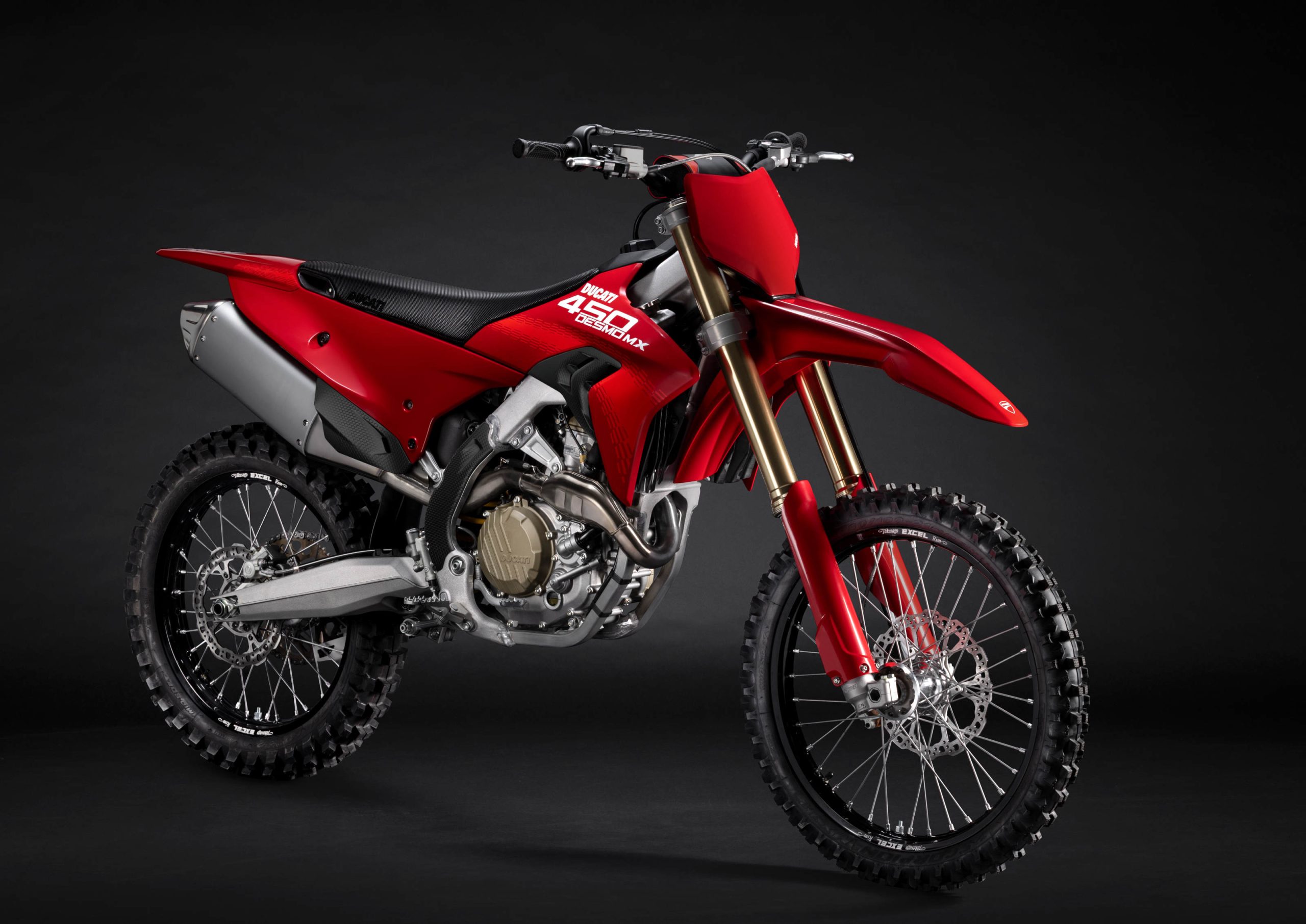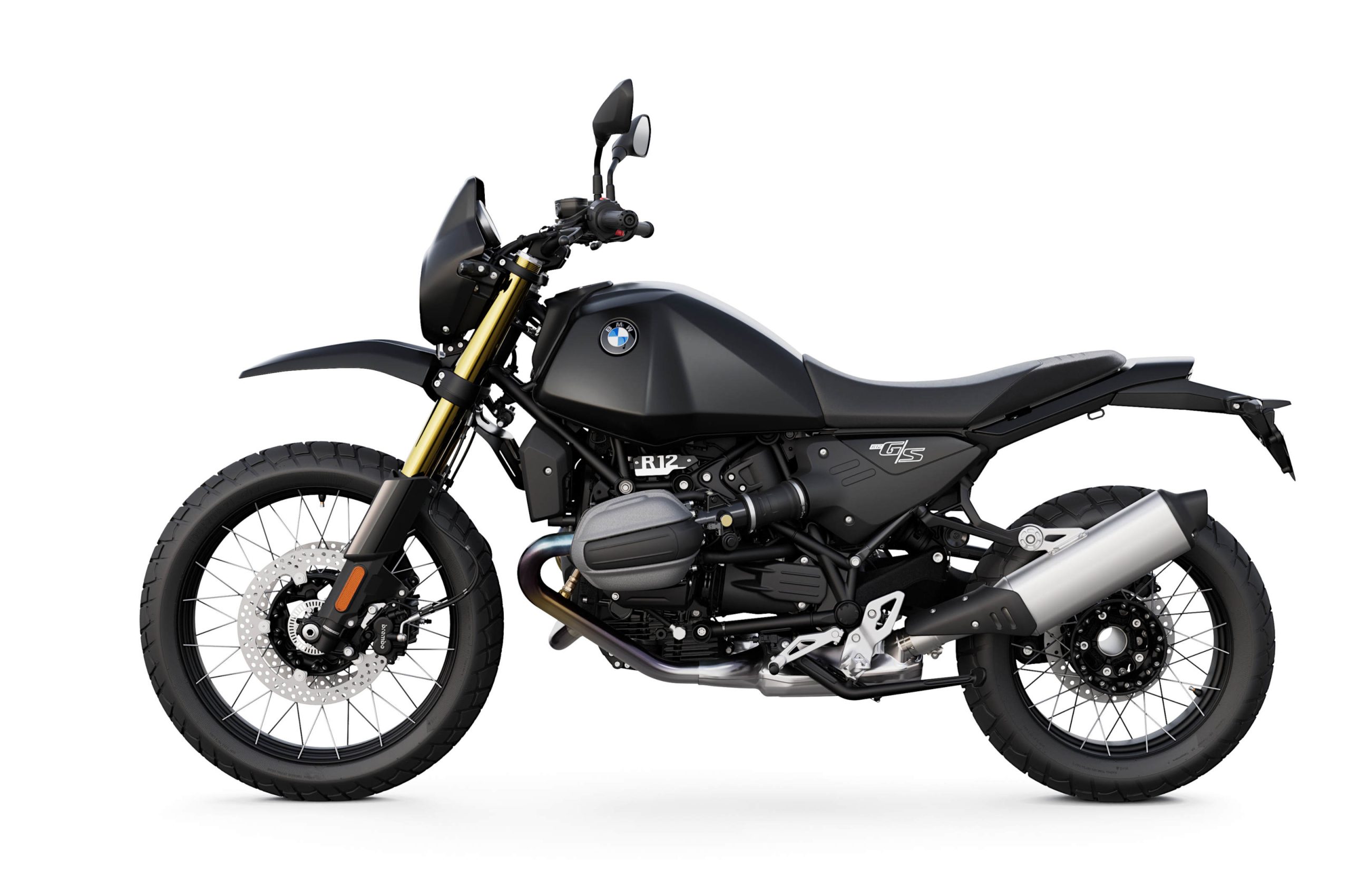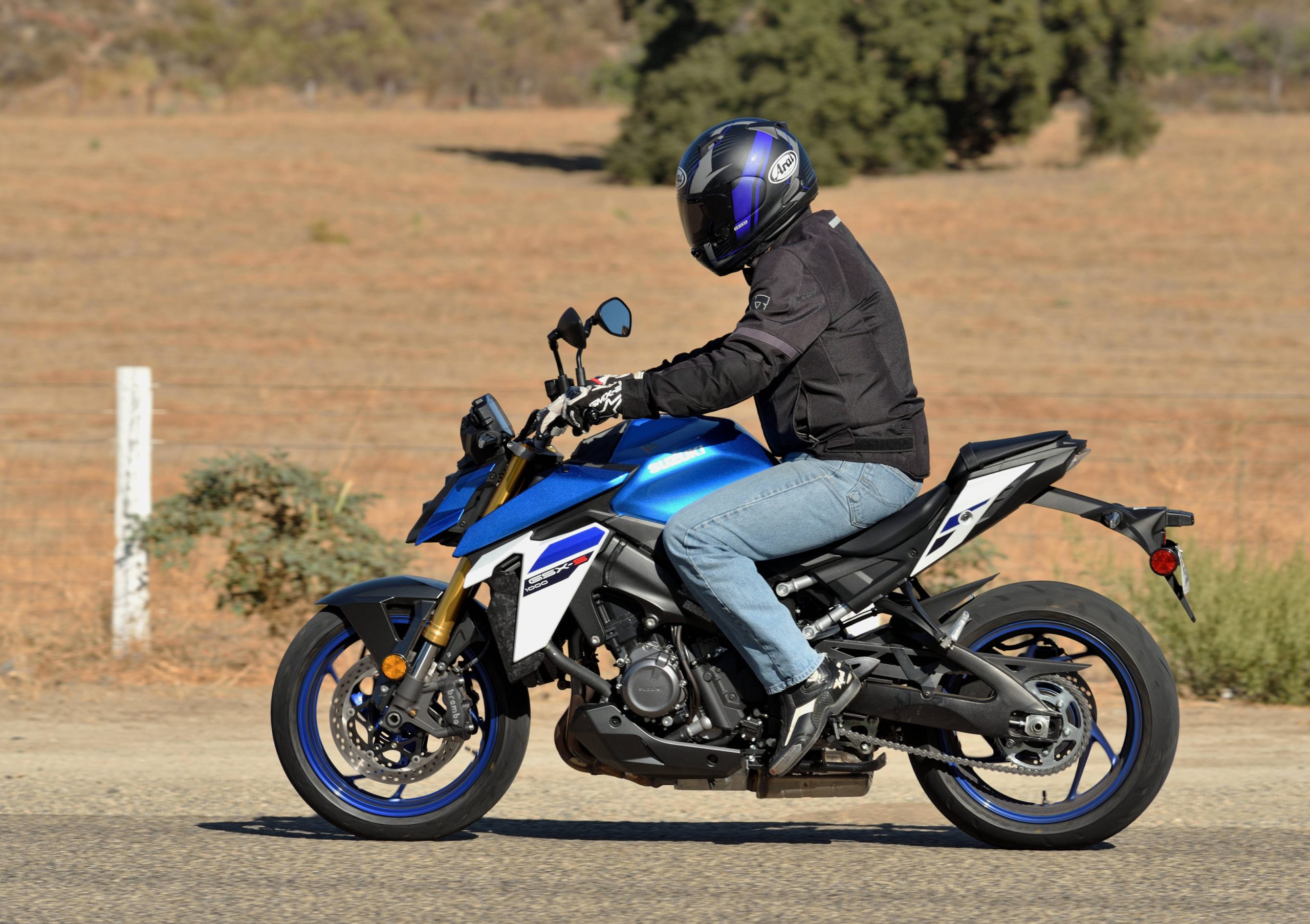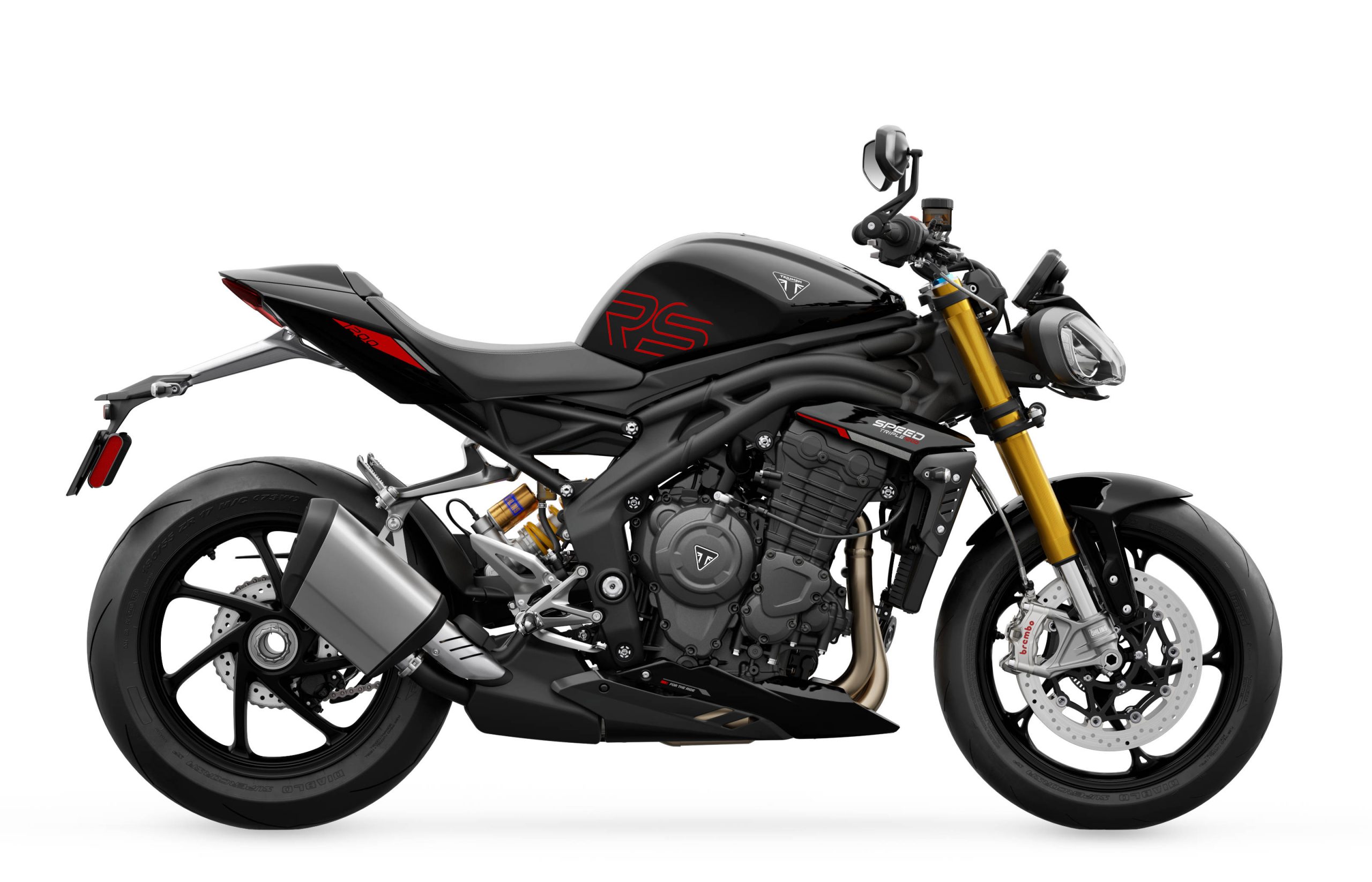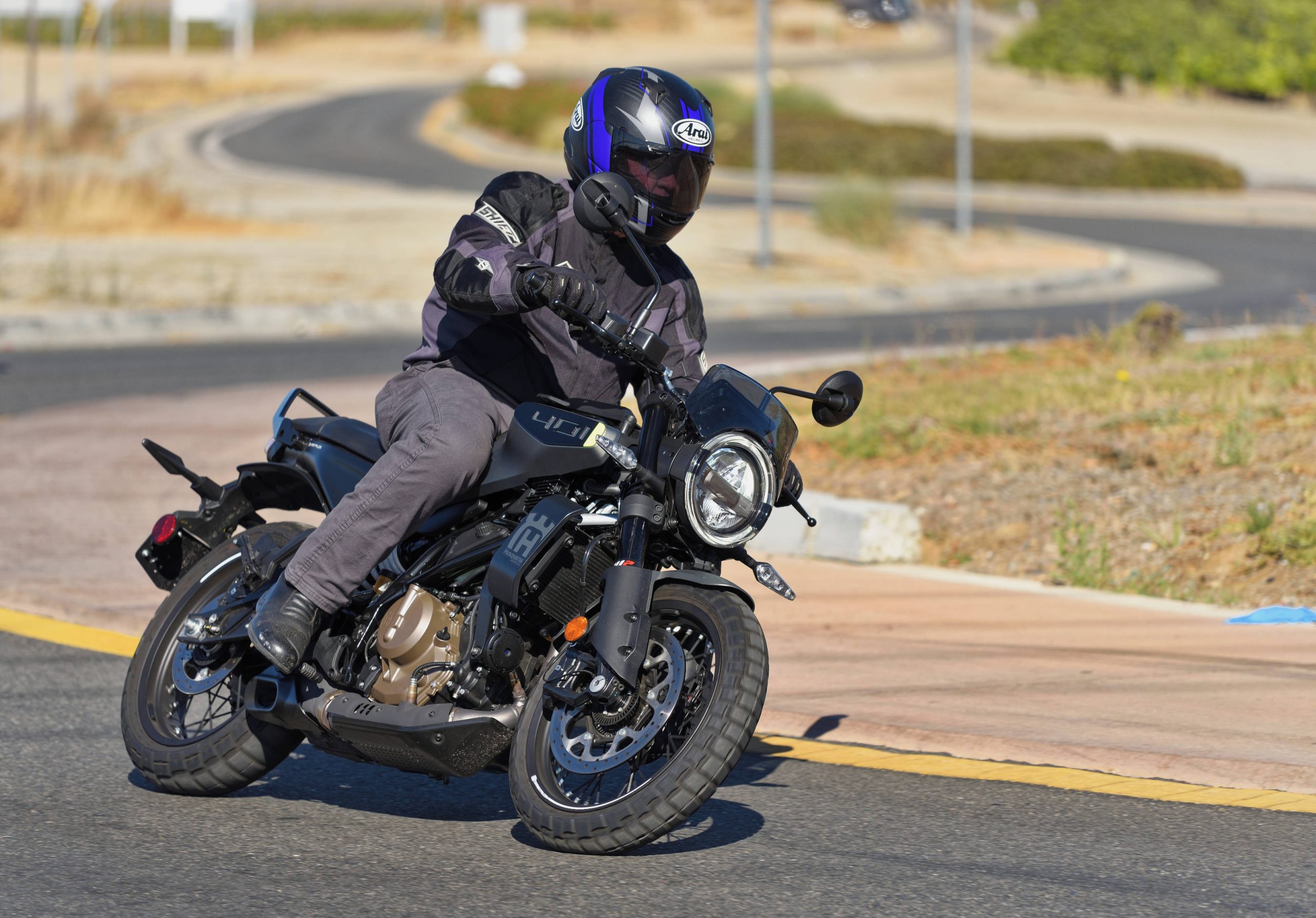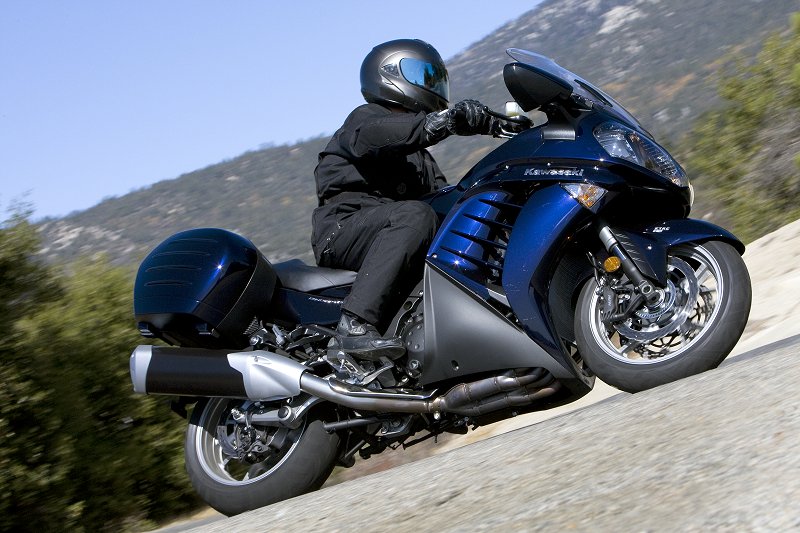
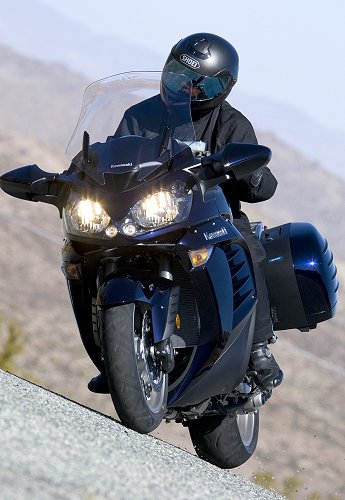
To say that we were impressed by the 2008 Kawasaki Concours 14 would be a gross understatement. That bike represented a ground-up redesign of the original Concours — essentially unchanged for a couple of decades. Despite being long-in-the-tooth, the original Concours had quite a loyal following, some of whom were aghast at the dramatic changes to the character and performance of their beloved sport tourer.
Most of the old guard that tried the new Concours 14 were impressed, however, as were we. What Kawasaki describes as “supersport touring” turned out to be a wonderful mating of high performance supersport technology and long range comfort. It looked like Kawasaki was in for another decade, or so, of small refinements to a winning formula, and that the first tweaks might be at least five years down the road.
Not so. Kawasaki went right back to purchasers of the 2008/2009 model, and started asking questions. While the bike was favorably received by its owners, there were distinct criticisms, including an uncomfortable amount of heat that reached the rider from the engine compartment and cooling system. To address this, and other owner concerns, Kawasaki went right to work on the Concours 14, and just two model years later is introducing some significant changes.
New body work not only provides a subtle refinement to the aesthetics, it effectively blocks hot air from reaching the rider. That air is now effectively ported outside the fairing ahead of the rider, and around the rider. Given the fact the bike was completely redesigned just two years ago, Kawasaki could have easily stopped there. They did not.
Another criticism involved the original windscreen, and Kawasaki reacted by putting a much larger screen on the new bike (2.75 inches taller, for instance) and redesigning the ducting of air into the area between the rider and the screen, in order to reduce buffeting and increase comfort. In this same area, Kawasaki relocated the tank-mounted storage compartment to the left inner fairing, and made it lockable. The more tank-bag friendly location is complimented by two hooks at the front of the tank to further secure your removable luggage.
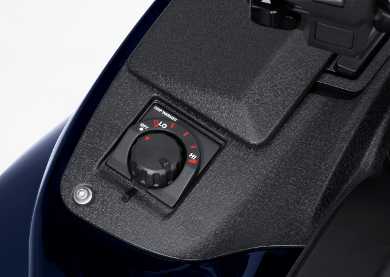
Heated handgrips are now standard on the Concours 14, and they feature an easily reached stepless dial adjustor that allows you to carefully select the amount of heat generated to your paws.
In addition to all the rider information provided in the original redesign (see our test of the 2008), Kawasaki added an outside air temperature monitor, as well as an indicator that the rider is using the throttle more judiciously to increase fuel economy. Instruments now also reflect whether the rider has selected a fuel economy assistance mode (the so-called “ECO” mode) and how the rider has set up the K-ACT ABS system (on the ABS model, of course).
That ABS model gets a new, sophisticated linked braking system a generation beyond the system recently debuted in the Kawasaki Voyager. The rider can choose one of two modes of K-ACT, one designed to fit better with more aggressive riding (by effectively softening the linked effect) and another described as “ideal for touring and two-up highway use”.
That same ABS model also features a new traction control system known as KTRC. This is a very sophisticated system that brings into play three variables, including air intake volume, ignition timing and fuel delivery. Interestingly, KTRC adds no weight, because it uses the existing ECU and ABS sensors to do its magic.
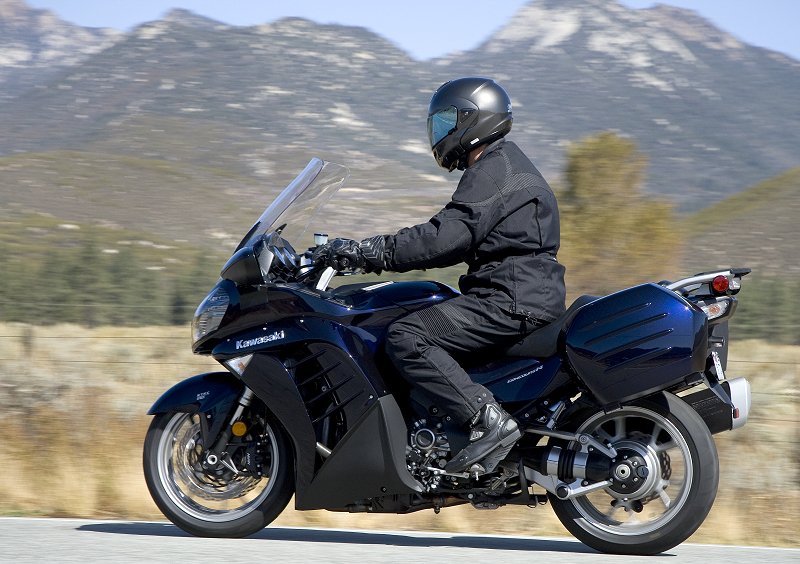

Other refinements to the 2008 redesign include 40 mm higher mirrors for improved visibility and increased hand protection from the wind, shorter exhaust muffler, a “fuel economy assistance mode” that leans the fuel map to increase mileage, and a new back-up key that can be stored near the ignition (such as in the saddlebags or the new dash pocket) without enabling the starting of the bike.
We put approximately 140 miles on the 2010 Concours 14 in and around Palm Springs, California. Our route took us through mountain passes and switchbacks, along two-lane country roads and even a sampling of Southern California freeways. With the same 1,352 cc inline four-cylinder engine with variable timing, we were immediately familiar with the pleasant and ample power delivery described in our riding impression of the 2008 model. The fine handling we recall seems even better now, with new tires (the latest generation Bridgestone sport tourers) and slightly adjusted front fork damping.
The most noticeable differences were in the area of comfort. The new wind screen is superb. Dramatically increased wind protection (still electrically adjustable for height, but now with four presets selectable by the rider, that position the screen as soon you start the bike). Kawasaki carefully designed the venting of air underneath the new screen, including new passages from windscreen slits that direct air through the inner fairing to vents next to the instrument panel. The system flat works! I do not recall riding behind such a large windscreen without experiencing significant head buffeting. The flow of air over the new Concours 14 screen is extremely smooth and, despite encountering some high speed, swirling winds during our test ride, I never experienced significant head buffeting. Quite remarkable, actually. The range of adjustment is also quite large, with the highest position now offering protection reminiscent of a luxury tourer (a Gold Wing, for instance).
Somewhat unusual for Southern California this time of year, we encountered some pretty cold temperatures (into the high 30s, at one point). In addition to the wonderful wind protection provided by the redesigned fairing and windscreen, the new heated grips performed exceptionally. It is often difficult to find that perfect temperature when the system has select presets (such as a system that features only 2 or 3 settings). The stepless dial on the Concours 14, however, allowed me to find a setting that kept my hands warm and comfortable without becoming too hot during the ride. The fact that this feature is standard on both models (ABS and non-ABS) really enhances the touring capabilities of this bike in my opinion. The repositioning of the rear view mirrors also seemed to keep more wind off my hands during the ride.
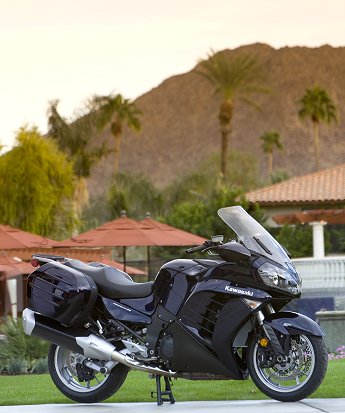
One other new feature I failed to mention earlier is the toggle switch located on the back of the left handgrip that allows the rider to easily toggle through different modes on the information display, such as fuel consumption, instant fuel consumption, remaining range, tire pressure, battery voltage and outside temperature. Much easier to use than taking your hands off the grips to toggle through similar settings (without the outside temperature) on the old bike.
The new linked braking system (found on the ABS model, only), for an experienced rider who really likes to push the pace, has plusses and minuses. The basic function of the linked system keeps the bike flatter on corner entry (just as it did when I tested the Voyager). This is always a plus, but an experienced rider can accomplish the same thing with a little bit of rear brake. Even in the softer of the two modes available, the linked braking system did intrude a bit strangely when the pace was pushed really hard through the twisties, however. When you are riding at that speed, on a bike that handles as well as the Concours 14, an experienced rider should know exactly what the brakes are going to do, and when they are going to do it. Perhaps with more time on the bike, I could come to appreciate the linked braking system in aggressive riding situations, but with only 130 miles to this initial test (some of which were straight line), I will have to reserve judgment. Brake power and feel is otherwise quite good, just as I experienced in the original 2008 redesign.
After our ride, back in the parking lot of the hotel, Kawasaki allowed each of us to experience the impact of the new traction control system on a wet, slippery surface. In short, the traction control works extremely well. The bike hooked up regardless of throttle position in first gear on a surface as slick as ice. You can’t ask for much more than that, and it was smooth in operation, as well.
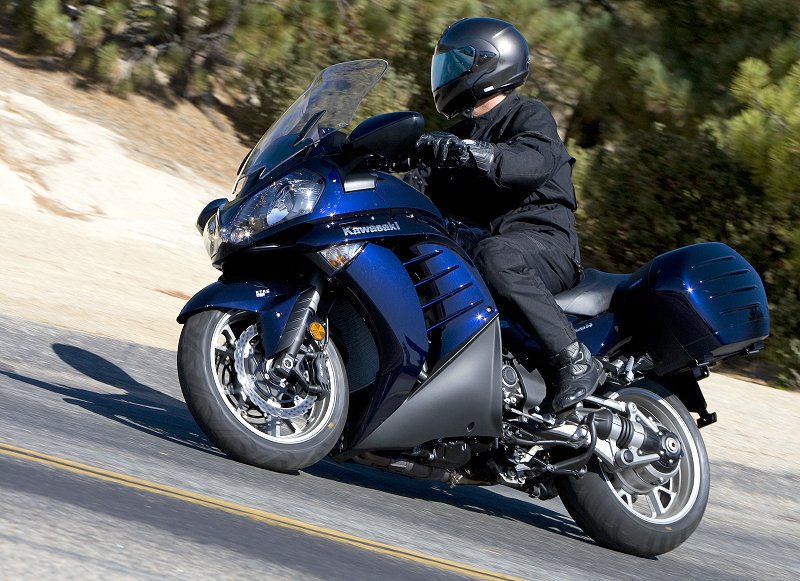
In the end, a surprising number of changes to a two-year-old model have yielded a substantial improvement in rider comfort. Without sacrificing the extremely high standards set by the 2008 model for sport riding, the 2010 Kawasaki Concours 14 provides a much more comfortable rider experience that can only make those long trips more enjoyable. Without increasing fuel tank capacity, Kawasaki has also added fuel economy aids that should help riders increase their range between fill-ups. Are the changes enough to make you want to sell your earlier model Concours 14, and buy a new one? That depends on where you ride, and how you ride. The comfort enhancements are quite significant, and the safety enhancements associated with the linked braking system (particularly, for less experienced riders) and the traction control system are huge. In our opinion, the bike looks a little bit better now, as well.
The 2010 Kawasaki Concours 14 is priced at $14,599.00 in the U.S. for the non-ABS model, and $15,299.00 for the model with both ABS and traction control. The only color available here in the U.S. is Candy Neptune Blue, as featured in our photographs. Take a look at Kawasaki’s web site for additional details and information.
MD Readers Respond:
- I have a 2008 BMW1200RT. Which I, of course, like very much.
Did they not put cruise control and a heated seat on the touring bike.
I would not buy another bike without cruise control. 61 years old and the old bones need a break. Walt - Love the bike.. really.. but if it’s going to compete with the R1200RT, which I assume it’s designed to do, it’s going to have to offer electronic cruise control (even as an accessory). As an older rider, being able to ‘shake it out’ while running down the slabs is a necessity. It also helps one keep the rocket at, or just over, the posted speed limit. Chris
- Very nice. But does it have self-cancelling turn signals? The absence of self cancelling turn signals is why I didn’t buy the bike. They are essential for safety.
My 1983 Suzuki GS1100E has self cancelling turn signals. They are not high technology. There is no excuse for any manufacturer to market a motorcycle without them. It just means that they do not care if their customers live or die.
Thanks you for your thoughtful response. Jim - As a resident of Florida I look for information regarding the amount of heat the rider is subjected to. I have a CBR929 I bought new in 2000 and I stop riding it in the hotter months. Which is most months as yesterday it was almost 90° here.
No test of the 929 mentioned how much heat pours out of the bodywork and bakes the rider’s feet and legs. Often, the original review of a new bike won’t mention this but when the replacement bike comes out it’s suddenly news that the replacement addresses a problem that was never pointed out.Your review of the 2008 Concours did mention rider heat, but almost as if it were a non-issue.
I realize that a lot of bikes are released in the fall and winter of Southern California and this isn’t a big deal for then and there.
Since Kawasaki and Yamaha have both spent time and money on this issue and the new VFR doesn’t even mention it I can bet Honda won’t see any more of my money. Heck, their web page on bodywork doesn’t even complete the first paragraph.
Again, dual-clutches, ABS, fly-by-wire? Great, but to neglect rider comfort while focused on features I couldn’t care less about is stupid.
Best wishes and please keep up the good work. Andrew
- This bike is beautiful, but I was discouraged from buying one a couple
of years ago because of notable engine vibration. In-line four-
cylinder engines vibrate inherently at a frequency twice the
crankshaft rotational frequency, due to the aggregate mass of the four
pistons moving always in the same direction as the pair of pistons
that is furthest from the crankshaft, whether that pair is the inner
pair or the outer pair, and whether that pair is moving toward the
crank or away from the crank. The direction of the motion of the
aggregate piston mass undergoes reversal not only when all four
pistons come to rest at the bottom and top of their travel, but also
when the inner and outer pair pass each other at the halfway point.
In theory it is possible to cancel this undesirable displacement of
the aggregate piston mass via the use of dual, counter-rotating
masses, each centered longitudinally along the crankshaft, one in
front of the crankshaft and the other behind the crankshaft. This
design was patented by Mitsubishi a couple of decades ago, and has
been in widespread use in automobiles since. The first motorcycle
manufacturer to use this approach in a motorcycle was Honda, with the
CBR1100XX, and to my knowledge, this remains the only correct
application of this approach in a motorcycle. Yamaha tried to used it
in the FJR1300, but they messed it up by not locating the two counter-
rotating masses at the longitudinal center of the crankshaft.
Kawasaki’s implementation in the C-14 is also flawed, although
evidently not for the same reason. I have not had an opportunity to
determine exactly how they managed to mess it up, and based on the
sketches they published, they likely did not make the same imbecilic
mistake that Yamaha made with the FJR. But it is nevertheless
manifest, from the mere fact that the C-14 exhibits far greater high-
frequency vibration than it would if the method had been implemented
correctly, that their implementation is not fully correct. If the
counter-rotating masses are at the longitudinal center of the
crankshaft as is suggested by those sketches, then the mistake almost
certainly is something that should have been trivial to avoid and
trivial to correct, which only makes the situation more frustrating.
Whenever they get around to correcting this and they announce publicly
that they have done so and that the C-14 is now every bit as smooth as
the CBR1100XX was, then I’ll take a close look at it once again and
considering buying it. But until they do that, the new Concours isn’t
really much of an improvement over the old Concours as far as I am
concerned. They really, really need to figure out how they messed
this up and fix it. Tom

